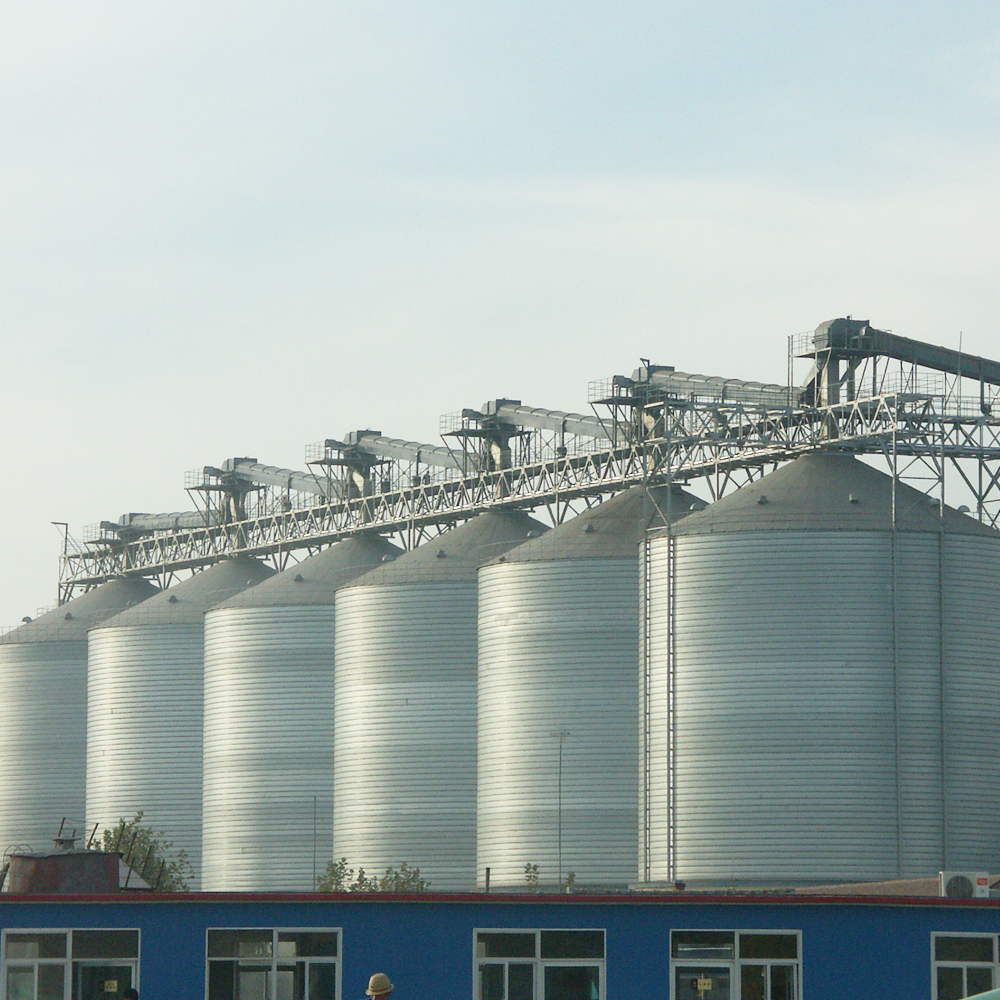The design of silos for the storage of bulk granular materials and other bulk products has been the focus of research for more than 100 years with the early publications appearing in the literature spanning the period from the latter 1800's to the early 1900's.
While steel silo has been in existence for many centuries, the known published research into silo loads was performed over the period of some 30 years commencing in the early 1880's. A review of this early silo load research has been published by Roberts (1995, 1999). The most widely known work in the early period of storage silo research is that due to the German Engineer, H.A. Janssen (1895). This work is significant in that it recognized some fundamental aspects of internal and boundary friction which limit the magnitude of the loads on silo floors and walls.
Following the foundation work of Jenike, the study of bin wall loads gained new impetus
(Jenike et al (1968-1973). With the flow modes clearly defined and the advantages of mass-flow being identified, the need for determining the wall loadings in mass-flow bins became a necessity.
Significant increases in wall loads may occur in grain storage silo due to increases in grain moisture content in combination with thermal expansion and contraction (Roberts (1998)). An example of such loadings has been identified as a contributing factor to the failure and collapse of the steel wheat storage silo in Australia.

No comments:
Post a Comment